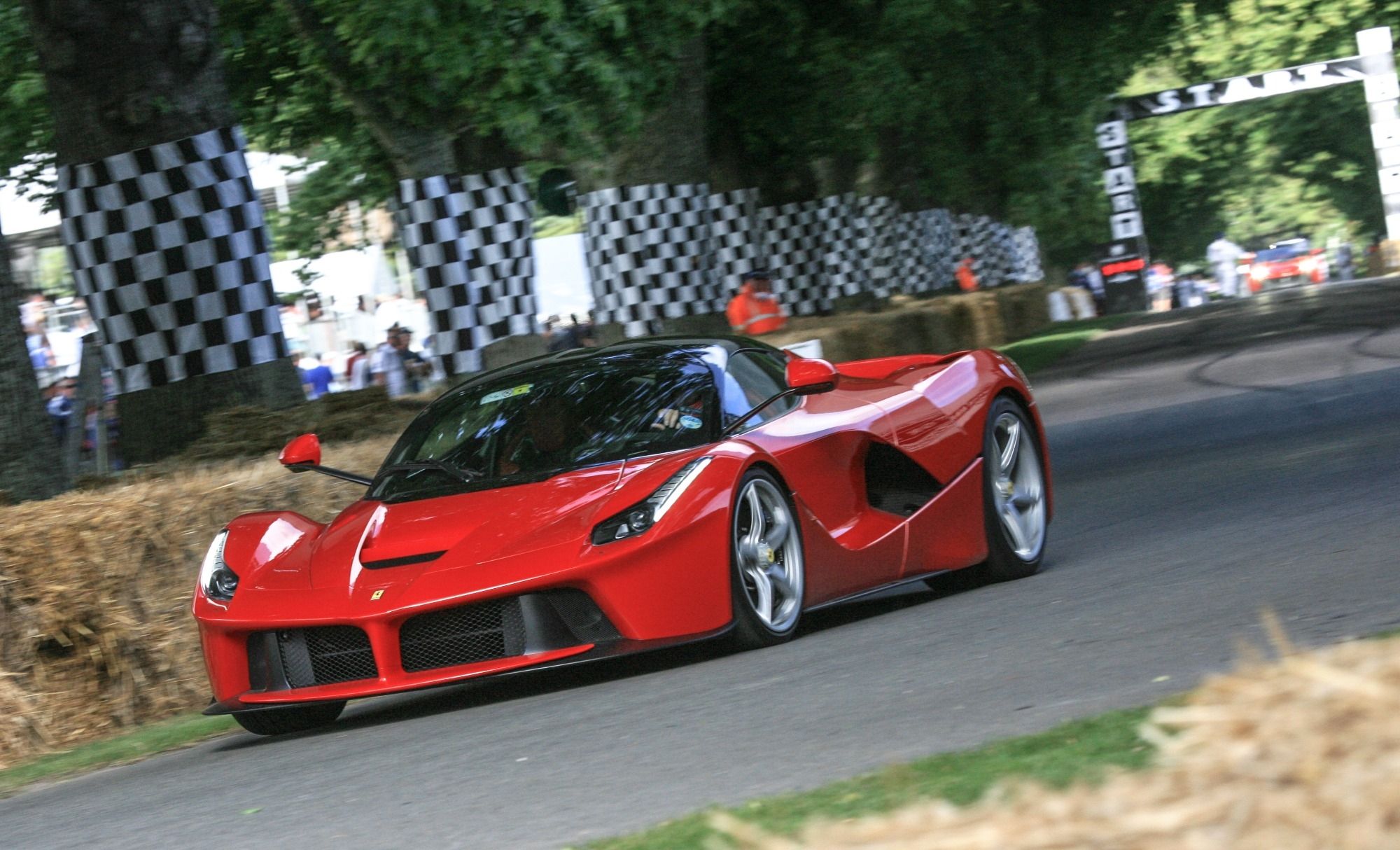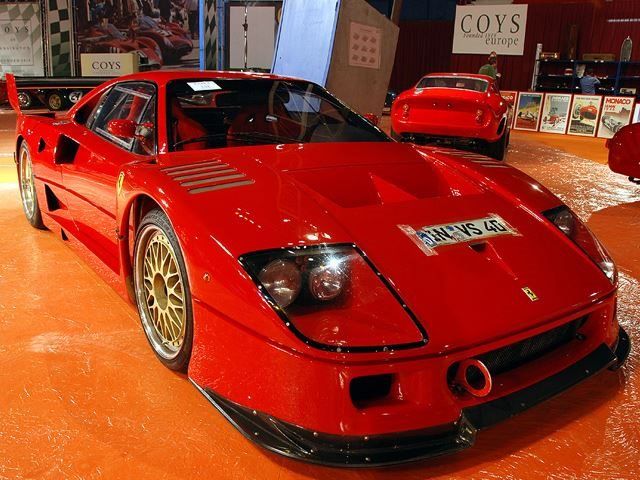The F40 made it's racing debut in 1989 at Mazda Raceway Laguna Seca. Entered in the IMSA GTO class and piloted by Jean Alesi, the car driven was an LM evolution, that finished third only behind the four-wheel-drive space frame monster Audi 90. The F40 defeated several factory backed space frame cars, a surprising result as it was campaigned as a privateer and without factory backing. Even without factory involvement the F40 would see piloting from a slew of famed guest drivers including; Hurley Haywood, Jean-Pierre Jabouille, and Jacques Laffite.
The F40 would take a total of three second place finishes and one third during the 1990 season. Finishing fifth out of six in the final points tally for the season the F40 proved it was still a contender. 1990 was sadly the last season for the F40 in the IMSA GTO class. The car, however, would continue to be a popular choice for privateers as it would compete in several international and domestic GT motorsport events. The F40 would compete in JGTC, better known as Japanese Grand Touring Championship. 1994 saw entry into the BPR Global GT Series, here the F40 would do battle against modified Lotus Esprits, Callaway Corvettes, and even the odd Venturi.
Only a single F40 campaigned by Strandell would compete in this championship; victory was claimed at the Four Hours of Vallelunga. The 1995 BPR season saw the arrival of the McLaren F1 GTR and Jaguar XJ220. This season also saw the arrival of the F40 GTE. Built by Michelotto the GTE would be considered one of the fastest F40 variants of all time. So fast that it even was able to outpace the more modern McLaren F1 GTR on track. Four F40s battled on track, each developed independently by Pilot-Aldix-Racing campaigning an F40LM and Strandell competing under the Ferrari Club Italia banner using a GTE. Ferrari would beat out McLaren during the Four Hours of Andersop, but that sadly would be the only victory of 1995.
Ferrari would return in 1996 and take the victory again but ultimately succumbing to McLaren who became back-to-back champions. The GTE is easily identifiable from its LM sibling thanks to a series of aerodynamic and cosmetic changes. Most notably is the far larger rear wing. In addition, another side air duct is located above the rear tire and vents have been added to the bodywork above the front tire. The GTE campaigned at Le Mans against the McLaren F1 GTR but ultimately the attempt failed as reliability and controllability issues became commonplace. The F40 may be considered by some to be the best road car of all time but it's racing history is not of the same caliber.
Then again, it was never designed to go racing and had success against far more advanced competition without any factory effort. We can only dream what the factory could have done.


